Transport
Sociedad Hullera Española had two numbering systems for its steam locomotive fleet. Those in service on the main railway line were numbered from 1 onwards. On the other hand, those assigned to the trenches of the mountain mining groups were identified with letters, in alphabetical order.
This last series had up to five models. The last two of them (letters D and E) were delivered in 1920 by the German firm Maffei, copying the model used some time before on the B locomotive. They were acquired to run on the railways of the 5th floor of the Legalidad mining group, above the town of Moreda de Aller. As they had to go through three tunnels on their route, they were originally equipped with a curious cabin of a very low height. The rest of the elements were quite conventional, with two axles and a water tank on the frame, the usual characteristics of this type of locomotives.
Before the Spanish Civil War, the D locomotive was moved to the 3rd floor of the Conveniencia mining group, in Valdefarrucos. There were no height problems here, so it was provided with a more conventional cabin. Finally, in the 1940s, it crossed the Aller river to operate in the 3rd floor dump of the Marianas mining group, where it ran until the mid-1960s.
HUNOSA gave it an aesthetic restoration and sent it as a monument to the small gardens of the San Jorge mine shaft, where it remained for almost three decades. In 1999, it was transferred to the Asturias Railway Museum, which undertook a functional repair that allowed it to run again.
Ever since, it has run on the tracks of the museum becoming one of its symbols. However, it has also run on the surface section of the recovered Samuño railway in Langreo. This milestone marked the return of steam power to a mining line in the Asturian basins after more than forty years, being a symbol of the recovery of the industrial heritage in Asturias.
PHOTO GALLERY

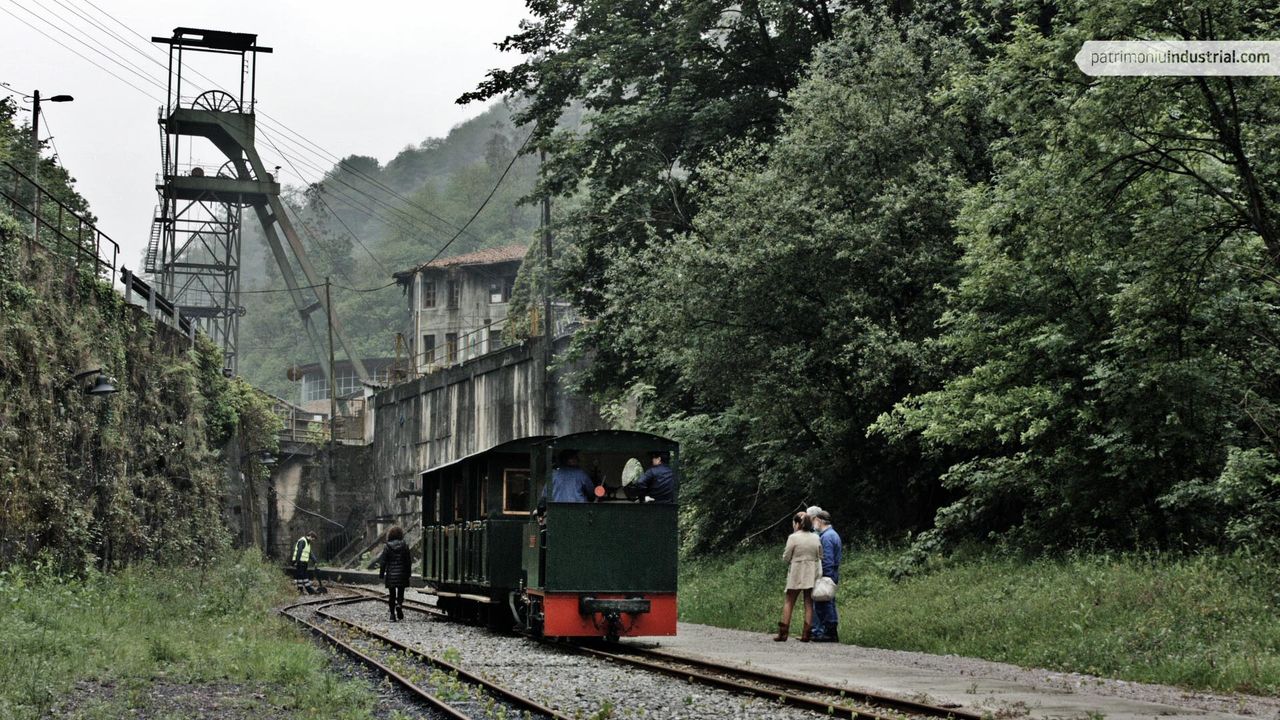
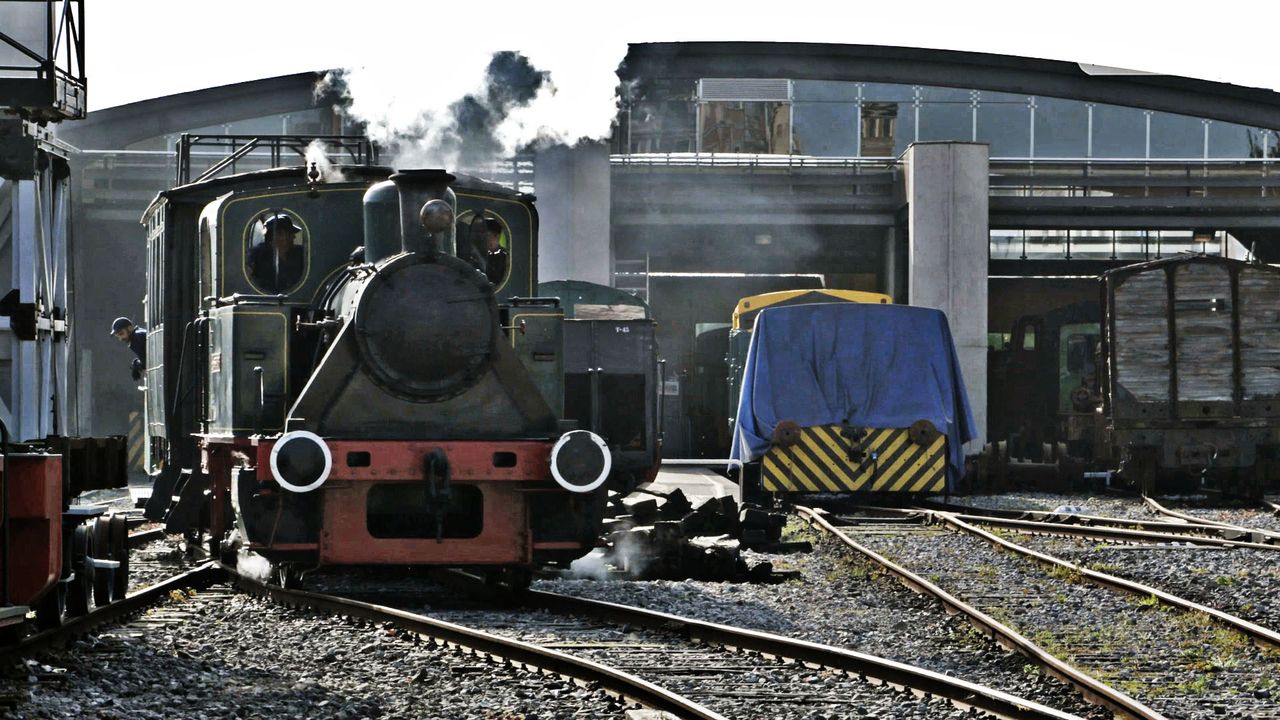
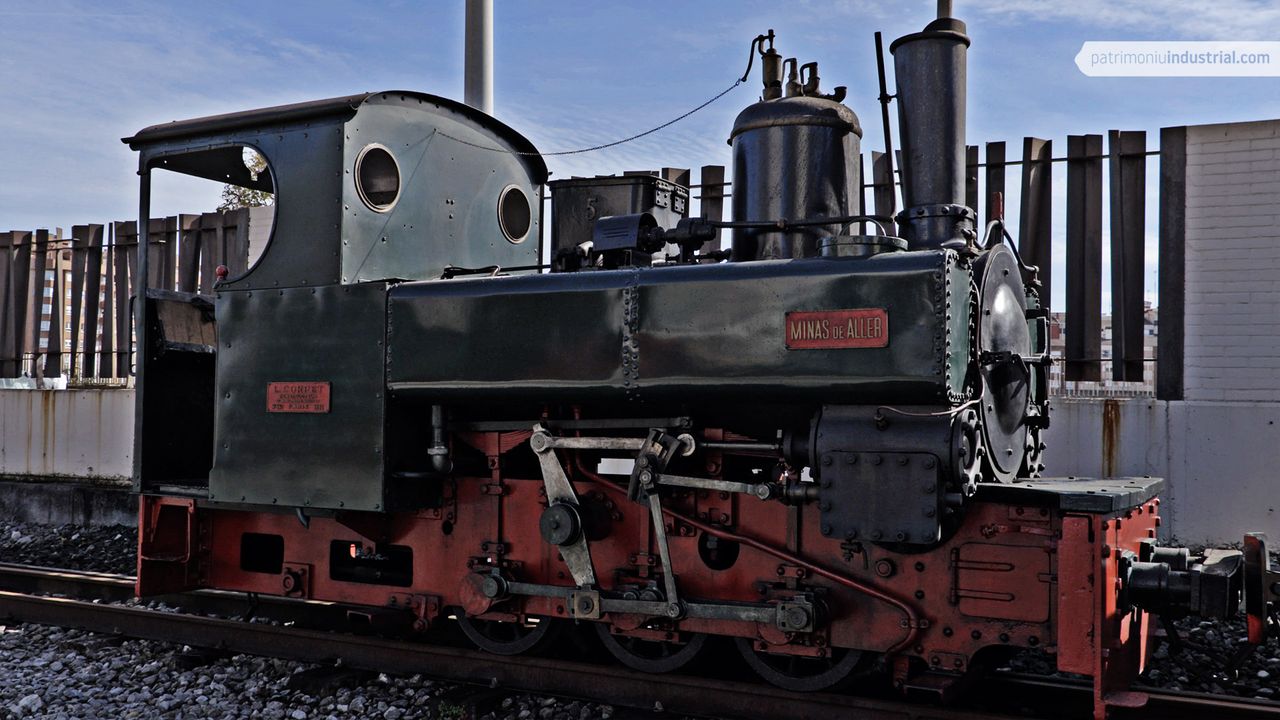


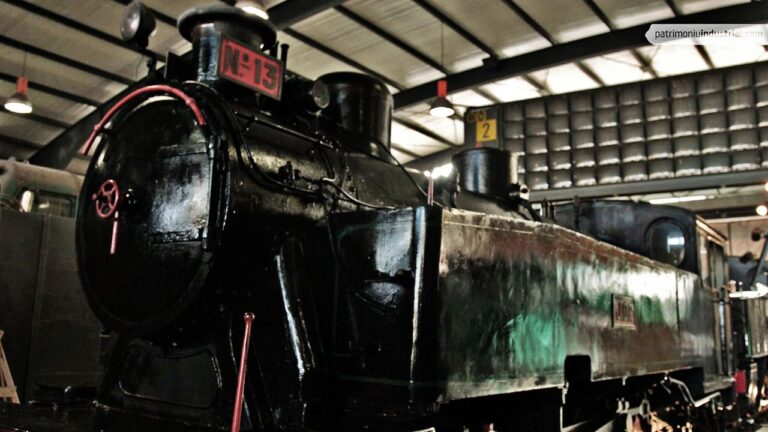
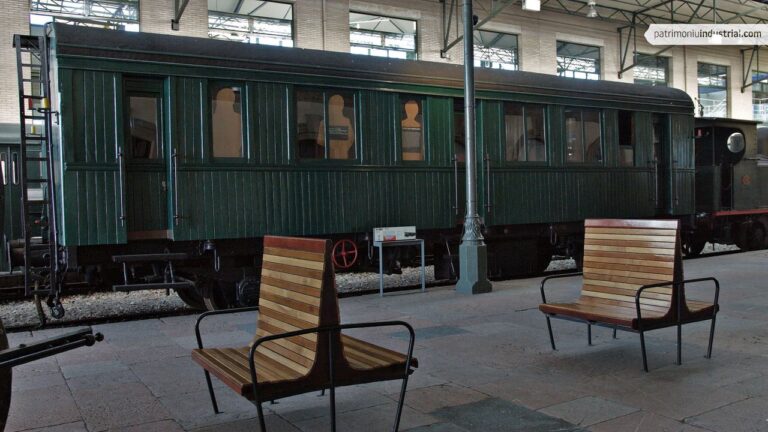
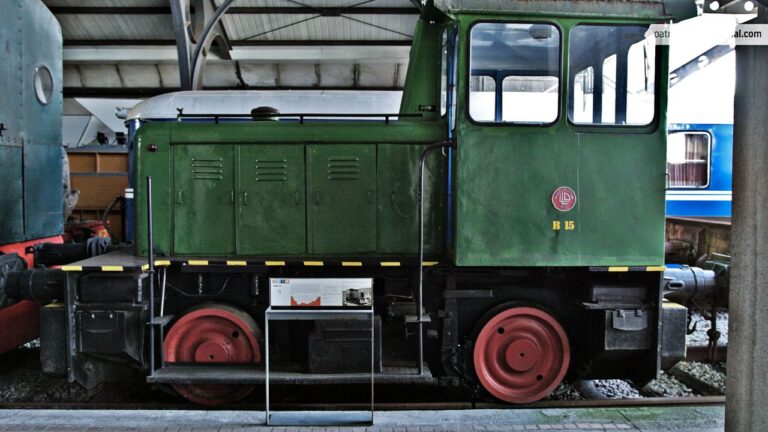

Recent Comments